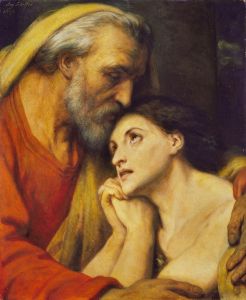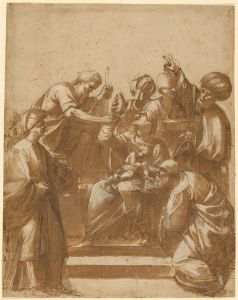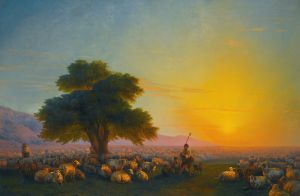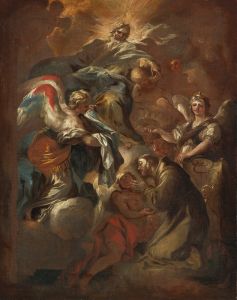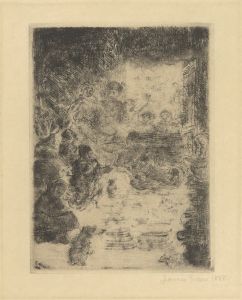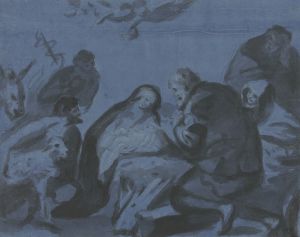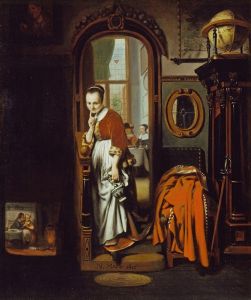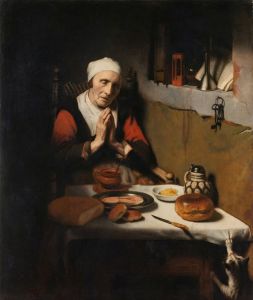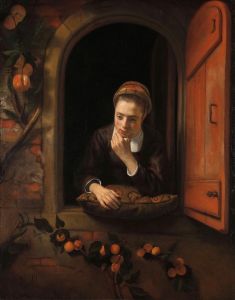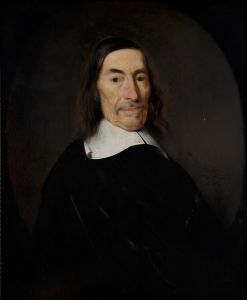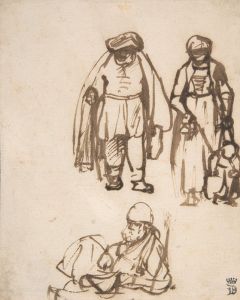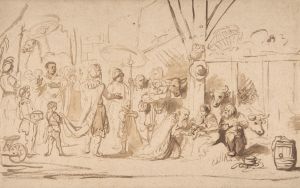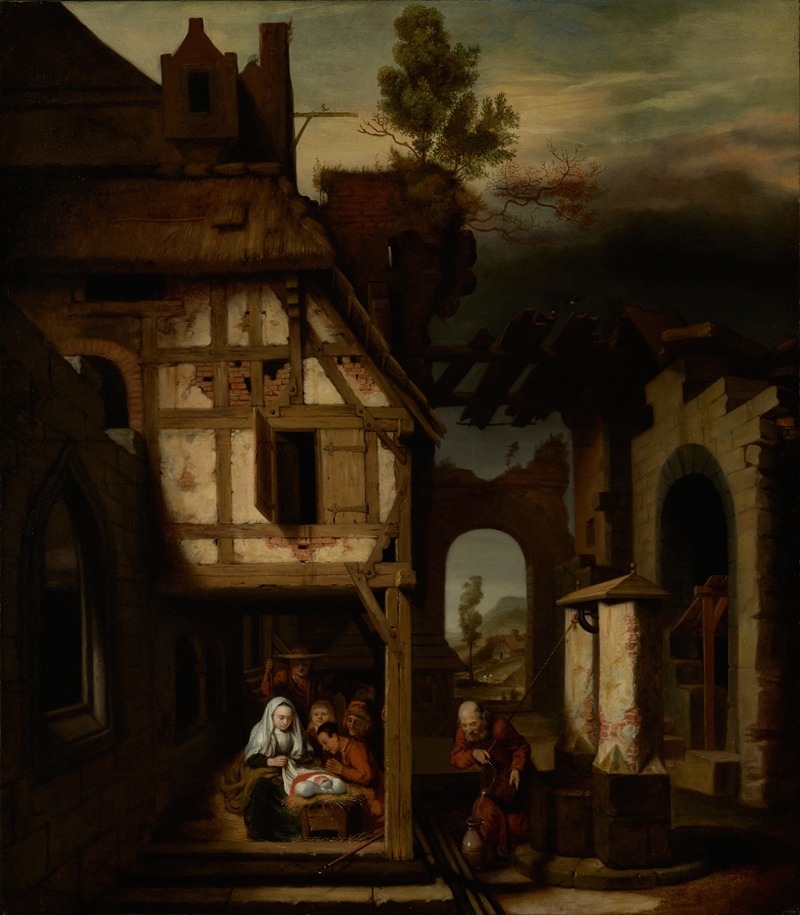
Adoration of the Shepherds
A hand-painted replica of Nicolaes Maes’s masterpiece Adoration of the Shepherds, meticulously crafted by professional artists to capture the true essence of the original. Each piece is created with museum-quality canvas and rare mineral pigments, carefully painted by experienced artists with delicate brushstrokes and rich, layered colors to perfectly recreate the texture of the original artwork. Unlike machine-printed reproductions, this hand-painted version brings the painting to life, infused with the artist’s emotions and skill in every stroke. Whether for personal collection or home decoration, it instantly elevates the artistic atmosphere of any space.
Nicolaes Maes, a prominent Dutch painter of the 17th century, is known for his contributions to genre painting and portraiture. One of his notable works is "Adoration of the Shepherds," which reflects his skill in depicting religious themes with a distinct Dutch influence. This painting is an example of Maes's ability to blend the dramatic chiaroscuro technique, learned from his teacher Rembrandt van Rijn, with his own unique style.
"Adoration of the Shepherds" portrays the biblical scene of shepherds visiting the newborn Jesus, a popular subject in Christian art. Maes's interpretation of this scene is characterized by its intimate and warm atmosphere. The composition typically includes the Holy Family—Mary, Joseph, and the infant Jesus—surrounded by shepherds who have come to pay homage. The setting is often depicted as a humble stable, emphasizing the modesty of Christ's birth.
Maes's use of light and shadow plays a crucial role in the painting, drawing the viewer's attention to the central figures. The light often emanates from the Christ child, symbolizing his divine nature, and illuminates the faces of the surrounding figures, creating a sense of reverence and awe. This technique not only highlights the spiritual significance of the scene but also showcases Maes's mastery of light effects, a hallmark of his artistic style.
The figures in "Adoration of the Shepherds" are rendered with a sense of realism and attention to detail, reflecting Maes's background in portraiture. The shepherds are often depicted with expressive faces and gestures, conveying their wonder and devotion. Maes's ability to capture human emotion adds depth to the narrative, inviting viewers to engage with the story on a personal level.
Nicolaes Maes was part of the Dutch Golden Age of painting, a period marked by a great diversity of styles and subjects. While he initially focused on genre scenes, depicting everyday life with humor and insight, Maes later shifted towards portraiture and religious themes. "Adoration of the Shepherds" represents this later phase of his career, where he applied his skills in capturing human expression to more spiritual and historical subjects.
The painting is also indicative of the broader trend in Dutch art during the 17th century, where artists sought to bring biblical stories to life with a sense of immediacy and relatability. By placing sacred events in familiar, domestic settings, painters like Maes made these stories accessible to their contemporary audiences, bridging the gap between the divine and the everyday.
While specific details about the provenance and current location of Maes's "Adoration of the Shepherds" may not be widely documented, his works are held in various collections around the world, including major museums and galleries. Maes's contribution to art history is significant, as he helped to shape the development of genre painting and religious art in the Netherlands.
In summary, Nicolaes Maes's "Adoration of the Shepherds" is a testament to his artistic talent and his ability to convey complex religious themes with clarity and emotion. Through his use of light, composition, and expressive figures, Maes creates a compelling depiction of this iconic biblical scene, reflecting both his personal style and the broader artistic trends of his time.





